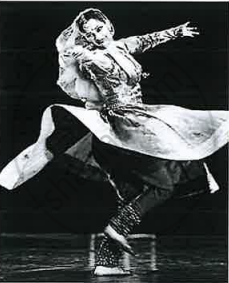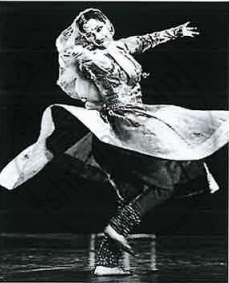Advertisements
Advertisements
प्रश्न
Illustrate the structure and functions of the brain.
उत्तर
A human brain is formed of three main parts forebrain, midbrain and hindbrain.
1. Forebrain: The forebrain is formed of Cerebrum and Diencephalon. The diencephalon consists of the dorsal thalamus and ventral hypothalamus.
(a) Cerebrum: It is the largest portion and nearly forms two-third of the brain. The cerebrum is longitudinally divided into two halves, as of right and left cerebral hemispheres by a deep – cleft called median cleft. The two cerebral hemispheres are interconnected by a thick band of nerve fibres called the corpus callosum. The outer portion of each cerebral hemisphere is formed of grey matter and is called the cerebral cortex.
The inner or deeper part is formed of white matter and is called the cerebral medulla. The cortex is extremely folded forming elevations called gyri, with depressions between them termed as sulci, that increase the surface area. Each cerebral hemisphere is divisible into a frontal lobe, a parietal lobe, a temporal lobe and an occipital lobe. These lobes are also known as cerebral lobes.
(b) Thalamus: Thalamus present in the cerebral medulla is a major conducting centre for sensory and motor signalling. It acts as a relay centre.
(c) Hypothalamus: It lies at the base of the thalamus. It controls the secretions of hormones from the anterior pituitary gland.
2. Midbrain: It is located between the thalamus and the Hindbrain. The dorsal portion of the midbrain consists of four rounded bodies called corporaquadrigemina, which control visual and auditory (hearing) reflexes.
3. Hindbrain: It is formed of three parts Cerebellum, Pons and Medulla Oblongata.
- Cerebellum: It is the second-largest part of the brain formed of two large-sized hemispheres and a middle vermis.
- Pons: It is a bridge of nerve fibre that connects the lobes of the cerebellum. It relays signals between the cerebellum, spinal cord, midbrain and cerebrum.
- Medulla Oblongata: It is the posterior-most part of the brain, that connects the spinal cord and various parts of the brain.
Functions of Brain:
| Structure | Functions |
| 1. Cerebral cortex | Sensory perception, Intelligence, consciousness, control of voluntary functions, language, thinking, memory, decision making, creativity, reasoning and willpower. |
| 2. Thalamus | Acts as Relay Station. |
| 3. Hypothalamus | Temperature control, anger, thirst, hunger, urination, the important link between the nervous system and endocrine glands, sleep, sweating, sexual desire, fear, water balance, blood pressure. |
| 4. Midbrain | Visual and Auditory reflexes. |
| 5. Cerebellum | Maintenance of posture and balance, and coordinate voluntary muscle activity. |
| 6. Pons | Respiration and Role in the sleep-wake cycle. |
| 7. Medulla Oblongata | Cardiovascular, respiratory and digestive control centres, vasomotor centres to control heartbeat, contraction of blood vessels. It also regulates vomiting and salivation. |
APPEARS IN
संबंधित प्रश्न
Put a tick mark (✓) against the correct alternative in the following statement:
Spinal cord is an extention of:
Name the following:
The part of the brain which is concerned with memory.
Differentiate between following pair with reference to the aspect in bracket.
medulla oblongata & cerebellum (function)
Name the following:
Terminal end of spinal cord.
Name the following:
Fissure between the cerebral hemispheres.
Name the part of the brain responsible for sense of smell and mental function of intelligence and memory .
Pick out the odd one.
fore brain, mid brain, hind brain, nerves
________ is the commanding centre of our body.
CSF is drained from the brain to the outside through the ______
______ is the controlling center of the body.
The brain is covered by a three-layered tissue covering called ______.
What is the role of Wernicke's area?
Write a note on mid brain.
Kathak is an Indian classical dance which involves a lot of spinning by the dancers. The learners of this dance experience dizziness in the beginning while spinning.

Give a suitable reason for Semicircular canals.
Kathak is an Indian classical dance which involves a lot of spinning by the dancers. The learners of this dance experience dizziness in the beginning while spinning.

Mention the nerve that carries the impulse for dizziness to the brain.
The part of the brain concerned with body balance is ______.
Given below is a set of four terms. Choose the odd one and write the category of the remaining terms:
Write full form of the following abbreviation:
CSF
